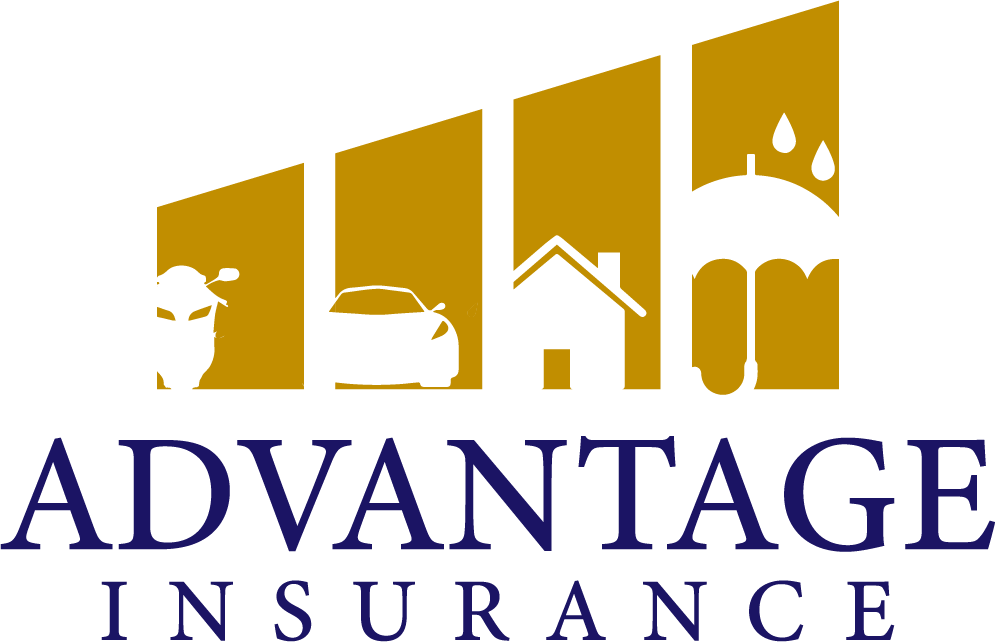Rockledge Flood Insurance
Local Snapshot: Rockledge Flood Insurance at a Glance
| Factor | Local Insight | Why It Matters |
|---|---|---|
| Population & housing | 31,429 residents (2024 est.). Waterfront and near‑lagoon neighborhoods along the Indian River Lagoon. Source: U.S. Census QuickFacts. | More homes near water = higher exposure; lenders may require coverage in SFHAs. |
| Rainfall normals | Nearby Melbourne averages ~55.28″ annually (1991–2020). Florida Climate Center. | Wet season peaks (Aug–Sep) elevate street and yard flooding risk. |
| FEMA flood maps | Check official FIRMs on the FEMA Flood Map Service Center. The City’s Building Division provides flood zone determinations. City flood zone info. | Zone (AE/X/VE), base flood elevation (BFE), and first‑floor height help determine pricing. |
| CRS participation | Rockledge participates in FEMA’s Community Rating System (CRS). City Floodplain Management | FEMA CRS overview. | Qualifying NFIP policies may receive discounts tied to the community’s CRS class. |
| Lagoon & surge studies | Local assessment explores sea‑level rise and lagoon‑driven inundation effects on Rockledge’s stormwater system. Stetson IWER study (PDF). | Informs mitigation (elevating utilities, adding flood vents) and policy choices. |
Local Risk Profile for Rockledge Flood Insurance
1) Lagoon & canal proximity
Homes along the Indian River Lagoon and connected canals can face surge‑driven water level rises in severe storms. Rockledge’s stormwater system and outfalls are sensitive to high lagoon levels, which can slow drainage. See the City’s floodplain pages and the lagoon inundation assessment for local context: Floodplain Management and Rockledge Stormwater Inundation Assessment.
2) Updated flood zones & map lookups
To verify your property’s current flood zone and any Letter of Map Change (LOMA/LOMR), search the FEMA Map Service Center. Brevard County’s Floodplain Administration also maintains FIRM panels and public guidance: County Flood Zone Information.
3) Heavy summer rainfall
Melbourne’s 1991–2020 normals show ~55″ of annual rain (peaking late summer). Intense downpours overwhelm inlets and swales, turning minor depressions into temporary ponds—one reason even Zone X homes consider Rockledge Flood Insurance. Reference: Florida Climate Center.
2025 Pricing Drivers for Rockledge Flood Insurance
- Risk Rating 2.0 variables: NFIP now prices to individual risk—factors include distance to water, flood type (surge/river/rainfall), first‑floor height, foundation type, and cost to rebuild. Learn more: FEMA Risk Rating overview.
- Elevation data: An Elevation Certificate is not required under Risk Rating 2.0, but submitting one can help if it shows advantageous first‑floor height. See FEMA’s RR2.0 FAQs.
- CRS discounts: Because Rockledge participates in CRS, eligible NFIP policies may receive a class‑based discount. See the City page and FEMA’s CRS program: Rockledge CRS and FEMA CRS.
- Waiting period: NFIP policies generally have a 30‑day waiting period; private flood may vary. Plan ahead: FloodSmart: Buy a Policy.
Coverage Recommendations Tailored to Rockledge
- Building + Contents: Quote both; many losses are to flooring, walls, HVAC, and contents stored low. Review FEMA’s NFIP Summary of Coverage.
- ICC (Increased Cost of Compliance): Most NFIP policies include ICC to help fund required elevation or compliance after substantial damage. See Federal Register summary: Homeowner Flood Form.
- ALE/Loss of Use: NFIP does not include Additional Living Expenses; some private flood policies may. See FEMA’s claims manual note: NFIP Claims Manual.
- Private flood comparison: For homes with favorable elevations or far from open water, private flood may offer competitive rates and add‑ons (e.g., ALE). We’ll quote NFIP and private side‑by‑side.
Want a deeper statewide overview? Learn more in our Florida Flood Insurance Guide.
Local Savings Levers Most Homeowners Miss
- Elevation Certificate (optional under RR2.0): If your first‑floor height is favorable, an EC can document it and may reduce premiums. See FEMA’s RR2.0 FAQs.
- CRS discount: Rockledge participates in CRS; your NFIP declarations page will show any discount by class. City info: Floodplain Management.
- Mitigation features: Add engineered flood openings, elevate utilities, install backflow prevention, and consider site grading where feasible.
- Deductible strategy: Choose a deductible you can afford in the same season; higher deductibles generally reduce premiums.
- Bundle & monitor: Review flood + home annually, especially after renovations that change first‑floor height or enclosure use.
Explore More Rockledge Insurance Options
- Rockledge Insurance (Overview)
- Rockledge Home Insurance
- Rockledge Auto Insurance
- Rockledge Condo Insurance
- Rockledge Business Insurance
- Rockledge Commercial Auto Insurance
Statewide learning hubs:
Map: Advantage Insurance — Serving Rockledge
Rockledge Flood Insurance FAQs
Is there a 30‑day waiting period for Rockledge Flood Insurance?
For NFIP policies, yes—coverage typically begins 30 days after purchase (lender and some other exceptions apply). See FloodSmart.
Do I still need an Elevation Certificate under Risk Rating 2.0?
No EC is required to buy NFIP coverage, but providing one can help if it shows a favorable first‑floor height. See FEMA’s RR2.0 FAQs.
Does NFIP cover hotel costs after a flood?
NFIP policies do not include Additional Living Expenses (ALE). Some private flood insurers offer ALE—ask us to quote both. Reference: NFIP Claims Manual.
How do I check my flood zone in Rockledge?
Use the FEMA Map Service Center and the City’s Flood Zone Information page for determinations.
Get a Local, Side‑by‑Side Comparison
Advantage Insurance shops multiple carriers for Rockledge Flood Insurance, compares NFIP and private options, and helps you document first‑floor height and mitigation so you never overpay.
